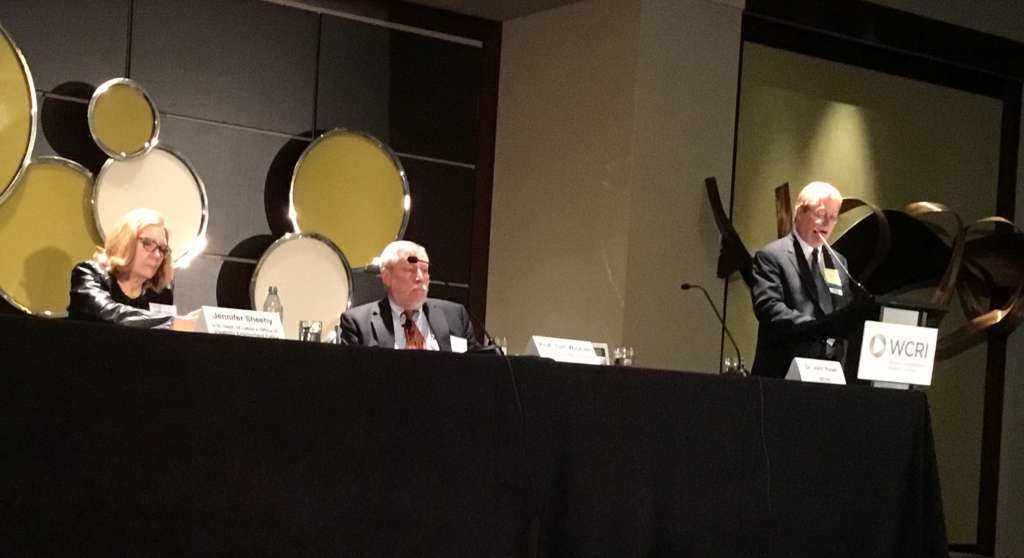Washington State and Washington DC’s efforts on Return to Work
At the 2019 WCRI Annual Conference a session discussed efforts in Washington State and Washington DC to promote return to work following a work injury. The speakers were:
Moderator: Dr. John W. Ruser, WCRI
Speakers:
Ms. Jennifer Sheehy, U.S. Department of Labor’s Office of Disability Employment Policy (ODEP)
Prof. Tom Wickizer, University of Washington School of Public Health
Washington State
Much of the work related disability could be significantly reduced with more efficient and effective occupational medicine treatment.
Washington has a monopolistic workers’ compensation system which enables them to have a greater degree of control over claims and medical providers than a traditional system. If medical providers want to handle workers’ compensation claims, they have to follow the guidelines that the State passes.
The state developed Centers of Occupational Health and Education (COHE) facilities that tied physician reimbursement to quality indicators representing occupational medicine best practices.
Health services coordinators were also hired to improve care coordination and reduce the provider administrative burden. Improved patient tracking was also developed.
Long term outcomes are showing significantly lower disability days and a 30% reduction in permanent disability.
Federal Efforts
Department of Labor efforts are focused on several areas including:
- Targeting early interventions effectively
- State options for promoting stay at work and return to work
- Adapting the WA state COHE model
- Musculoskeletal injuries and pain management
- Strategies to facilitate return to work.
Among their key lessons are the importance of intervention at the appropriate times and outreach and coordination are critically important.
DOL is also providing grants to several states under their RETAIN program to find ways to promote return to work and staying at work following workplace injuries. The goals of the RETAIN program are:
- Training in occupational medicine best practices.
- Active involvement of a return to work coordinator.
- Enhanced communications among employers, workers, and medical providers.
- Accommodation and job modifications.
- Retraining and rehabilitation services.
You can learn more about the DOL efforts on their web site HERE


